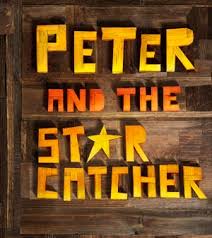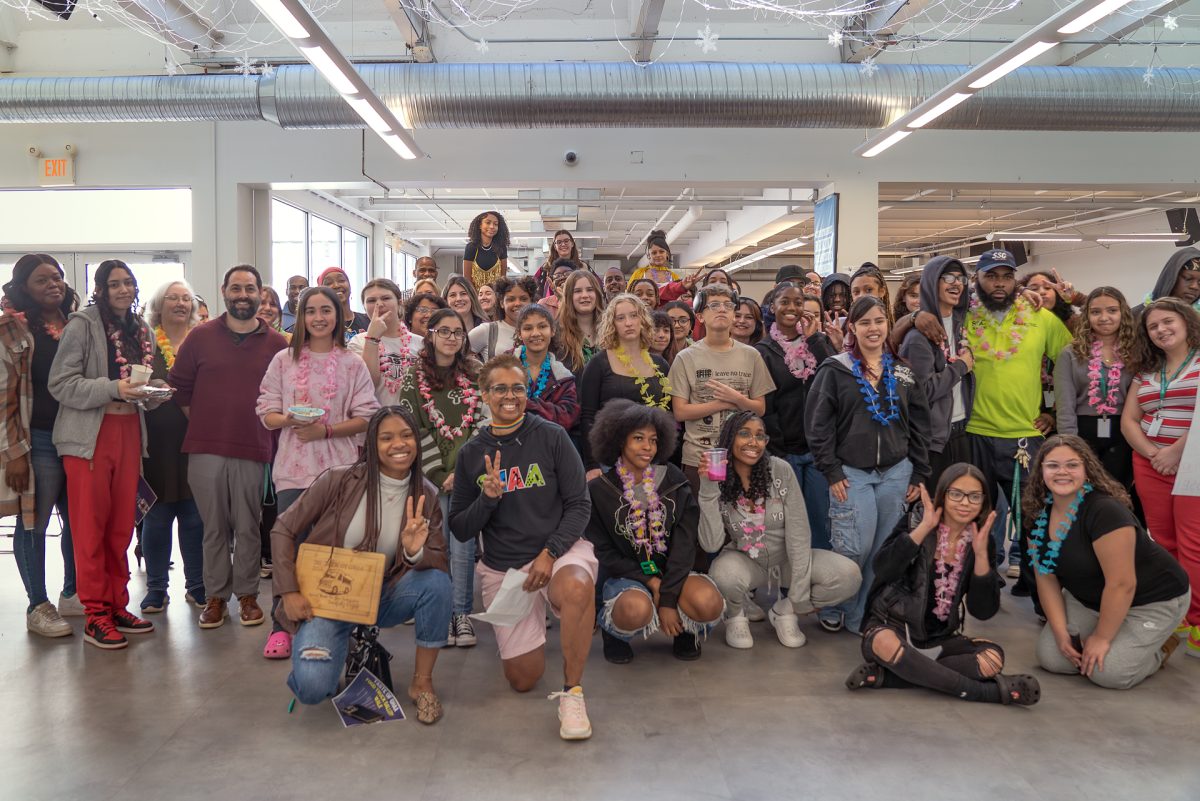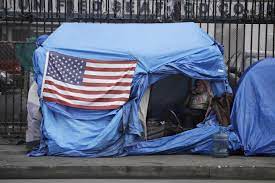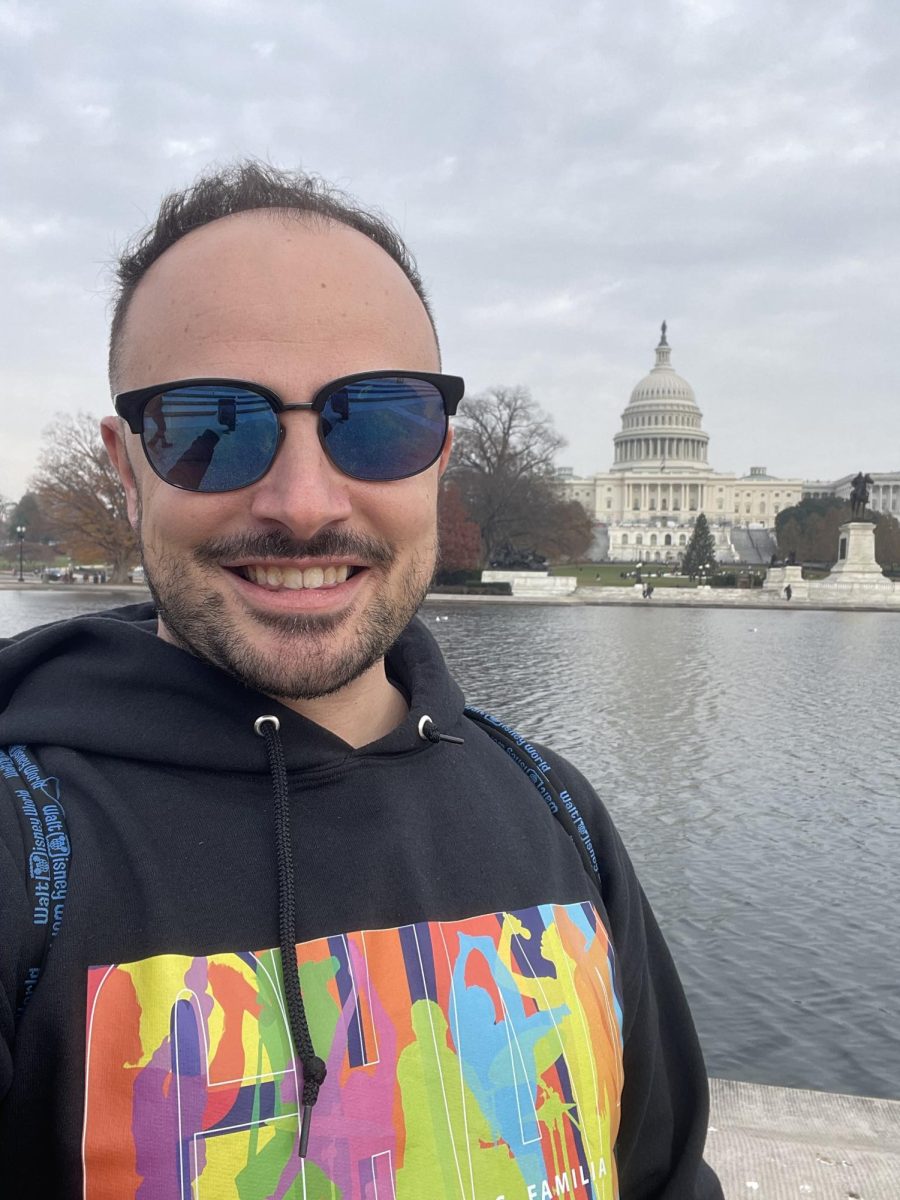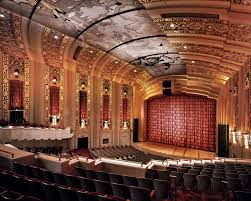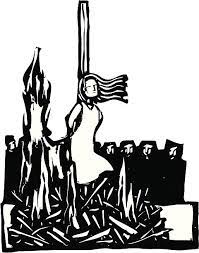The Colt Armory of Hartford has had 9 lives. What follows is an abbreviated version of those many lives.
1830’s through 1850’s: In 1831, Samuel Colt invented the first revolver. A revolver is a type of a gun with a “mechanism that [enables it] to be fired multiple times without reloading” – I could write a separate article about the implications of such a weapon, but we don’t have time for that). However, Sam Colt had nowhere to manufacture his new invention, so he began to construct this very building: The Colt Building; he finished construction by 1855. Mr. Colt built the gun factory beside the river to make shipping the guns easy and to harness the power of the river. For its time (the Gilded Age) it was considered a big deal. Colt also built various other structures in the vicinity, now known as Coltsville; for instance, the white brick buildings were tenements built to house Colt factory workers. The guns were shipped all over the country – all over the world, really – and they were prized because of their ability to reload quickly and win battles. They became extra popular for this reason, and they were the weapon of choice for American Soldiers, who used them to brutally massacre scores of Native Americans in the Plains Wars. Samuel Colt’s invention, while popular, cutting edge, and lucrative- should also be remembered for having facilitated genocide. 

1860’s: The Civil War begins in 1861. In 1862, Samuel Colt dies of gout at the age of 47; he is buried at Cedar Hill Cemetery in Wethersfield. At the time of his death, he was one of the wealthiest men in the United States. In 1864, the factory burned down. There are two theories about why: 1) Gunpowder + fire +poorly regulated factory = inferno. 2) southern arsonists came up from the south to burn the factory and weaken northern arms production in order to improve their chances of winning the war.
After the war ends in 1865, Elizabeth Colt (Samuel’s widow) starts the rebuild of the factory. Unfortunately, she also loses her son around this time. In her mourning, she decides to build a memorial to her husband and son: The Good Shepherd. An active congregation to this day, the church attracts members from the Greater Hartford area and beyond. Edward Tuckerman Potter, the same man who designed the Mark Twain House, also designed this church. According to the National Park Service, “The ceiling of the Church is painted blue and has gold star embellishments which was common for Episcopalian Churches at the time, but it echoes the Blue Dome that sits atop the East Armory.” Elizabeth’s husband and son are buried alongside her in the Cedar Hill Cemetery of Hartford.
